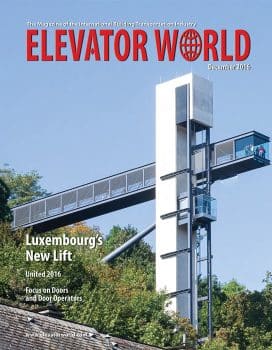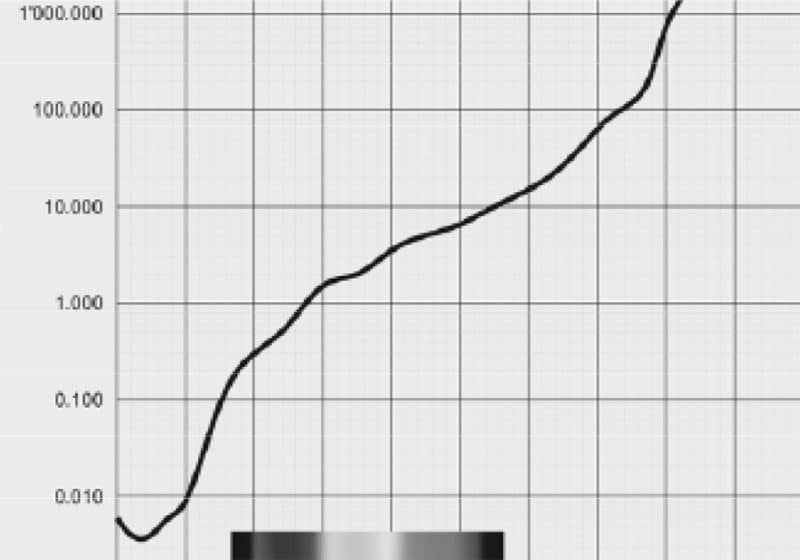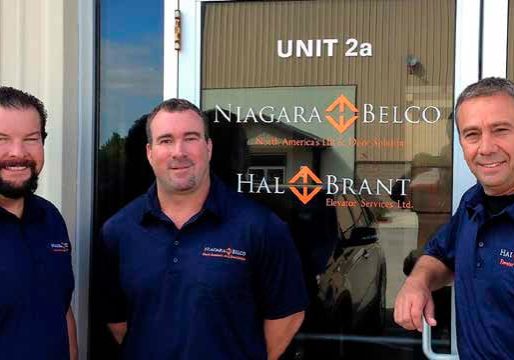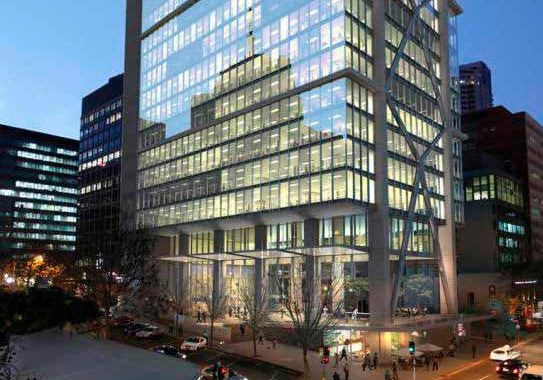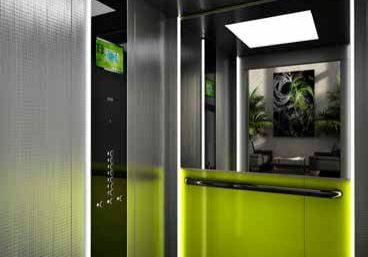Sixth Symposium on Lift & Escalator Technologies
Dec 1, 2016
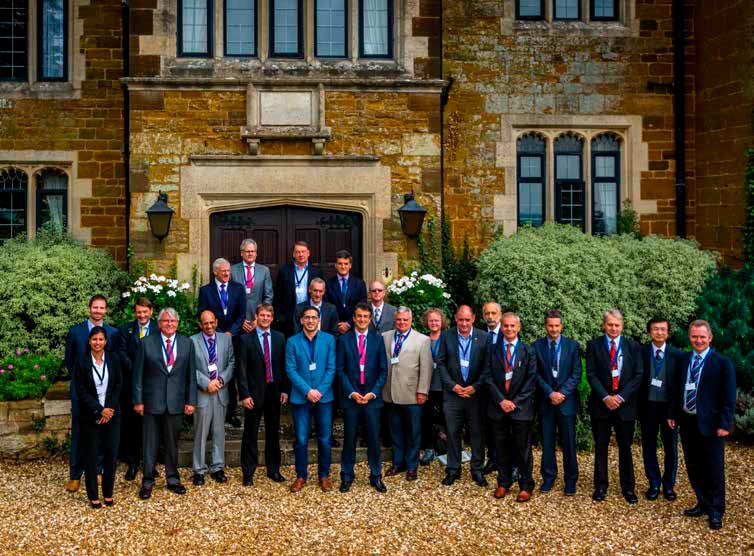
Popular U.K. gathering continues to top itself.
It is difficult to believe the most recent Symposium on Lift & Escalator Technologies was the sixth year for the highly successful event and the fourth at its current home at The Highgate Hotel in Northamptonshire, U.K. There is still no doubt in my mind that the symposium in Northampton is the best global gathering for the profession.
More than 120 delegates represented 18 different countries. The symposium is also supported by a small industry exhibition that includes components suppliers, stainless-steel suppliers, control-panel manufacturers and the University of Northampton (UoN).
John Sinclair, associate dean of the Faculty of Arts, Science and Technology at UoN, opened the event and expressed his delight that the Chartered Institution of Building Services Engineers (CIBSE), UoN, and the Lift and Escalator Industry Association continue to partner to put together the internationally known event.
The first session on technology and innovation was chaired by Len Halsey, chairman of the CIBSE Lifts Group. Ben Langham opened the proceedings with a presentation entitled “How Current Technology Trends Are Empowering Us All to Drive Innovation,” a great opening paper that showed how a huge budget is not necessary to embrace technology.
John Trett followed with a paper about calibrating induction loops. He explained the requirements for induction loops and how often they fail to work properly in lifts. I do not think it will be the last we hear of this! The final presenter of the opening session was Dr. Jonathan Beebe, who spoke about the integration of lift systems into the Internet of Things, which provided sufficient discussion points during a much-needed break.
Delegates retired for coffee before the second session chaired by Adam Scott, past chairman of the CIBSE Lifts Group. Scott has a record of opening the first session. This one focused on traffic simulation. Five papers were presented:
- “Covering Systematic Methodology for the Design of Lift Traffic Systems”
- “Global Dispatcher Interfaces”
- “An Overview of India”
- “How Long Will You Wait?”
- “Multicar Dispatching”
Traffic presentations always spark lively debate, and discussion went on for a long time afterward.
After lunch, delegates returned to a session about equipment and maintenance, which was chaired by your author. Rory Smith opened, talking about economic factors in traffic planning. He provided great insight about how buildings are valued and the impact of our engineering decisions on our return on investment. Dominic Dawson followed, talking about thorough examination as a management tool for maintenance. The final speaker in this session was Jawk Meijer, who presented a paper about innovations in pulley design. This provoked some interesting discussion from the delegates about rope size and traction problems.
The coffee break gave delegates the opportunity to discuss the papers before returning for the fourth and final session of the day, which was chaired by Halsey. This was a break from the traditional as a 60-min. workshop was presented by Nick Mellor, Lawrence Dooley, Stefan Kaczmarczyk and your author. It covered training and looked at qualifications ranging from apprenticeships through high-end academic qualifications. Your author followed with a presentation on how to register with the Engineering Council and other professional bodies.
The room was then cleared to make way for the gala dinner. One of the reasons we keep going back to the same venue, set in a 17th-century country house, is the excellent food. The gala dinner did not disappoint. Then, it is only a few steps to the bar, where the networking continued!
A paper about innovations in pulley design provoked some interesting discussion from the delegates about rope size and traction problems.
The first of three sessions on the second day was chaired by Mellor and looked at codes and standards. Lee Gray opened with a paper about the 1935 code of practice, followed by Mellor, who presented a paper by Sam Tanno (who, unfortunately, could not attend) and looked at the requirements of the new EN 81 standards. Dr. Gina Barney finished the session with a presentation on the requirements of the HTM 08-02 technical memorandum published by the National Health Service.
Following coffee, we went into a mammoth five-presentation session on energy and engineering, chaired by Smith.
The first paper looked at the geometry of the lift car and its influence, followed by papers on dynamic lift control, lateral vibrations, holistic energy benchmarking and active cabin damping on ropeless systems.
After lunch, the final session, chaired by Ben Langham, began. This session was both entertaining and informative. It is always difficult to maintain the interest of delegates for the last shift, and, inevitably, some have to depart for the airport, etc. It was notable, however, that most people stayed on for this session. That speaks volumes about the quality of the papers and the speakers.
Four papers were presented, ranging from a discussion about the pilot program for making passengers stand rather than walk on escalators, fire systems in working airports, the London Underground escalator passenger safety strategy and the use of lifts to evacuate tall buildings.
Kaczmarczyk and Dr. Richard Peters concluded the symposium by thanking all who contributed and everyone else who supported the event by attending. The quality of the papers was exceptional, and prompted discussion during question-and-answer sessions that continued into the breaks.
Get more of Elevator World. Sign up for our free e-newsletter.

